I'm building a lamp that has (up to) three wall-mounted units connected to a central control box. Each one gets three low-voltage control signal wires and 12V 3A DC power. I'm figuring that a USB PD cable is going to be best for this, just for convenience, but I'm having trouble finding USB PD panel-mount jacks.
-
USB-PD and convenience don't really go together very well. – Hearth Jul 31 '19 at 17:53
-
Why isn't USB-PD convenient? What would be a better connector? – JefftheGreen Jul 31 '19 at 18:55
-
USB-PD requires a microcontroller on both ends of the link capable of communicating its power requirements. – Hearth Jul 31 '19 at 19:34
-
Well, maybe not necessarily a microcontroller, as you could use a dedicated USB-PD negotiation chip, but the fact stands that it's somewhat obnoxious to deal with. – Hearth Jul 31 '19 at 20:02
-
If I just wire it manually and always use the same voltage, could I just use USB-PD/USB C cables/jacks? – JefftheGreen Jul 31 '19 at 20:36
-
2@JefftheGreen Don't use USB connectors for things that are not USB. That just invites confusion when a user tries to connect a real USB device (or host). – Jul 31 '19 at 23:23
-
@JefftheGreen You _could_ but you _really_ shouldn't for reasons duskwuff stated above. Also, USB-PD is not a connector, it's a protocol and a standard. – Hearth Aug 01 '19 at 02:22
1 Answers
If you are making something for your own home office or garage, you can use whatever low-voltage connectors/wires you want, including Type-C connectors.
However, these connectors are designed for high-speed communication with low-profile portable devices in first place, and power delivery is sort-of secondary. As high-speed (10 GHz range) connectors, they typically have 0.5mm pitch and target thin 0.8mm PCBs (half of normal PCB). These parameters are hardly "convenient" to deal with.
More, the Type-c and PD requirements are that initially the connector/port should not have any voltage, and ony if a special signaling over CC wires is detected, the starting voltage is "+5VSAFE", and only after heavy negotiations over PD protocol it is allowed to supply higher voltages.
And I don't want to start about the cost of Type-C cables.
So, for projects like 12-V lamps, it is more convenient to use old-style DIN connectors, like this one, which are better manageable in DIY environment:
- 38,845
- 3
- 38
- 103
